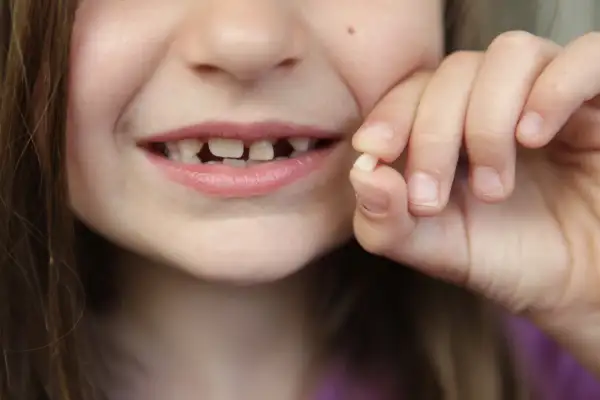Shocker! Tooth Fairy Surveys Can't Be Trusted

According to the just-released Original Tooth Fairy Poll from Delta Dental, losing baby teeth has gotten significantly more lucrative for American kids. The survey, based on input from more than 1,000 parents around the country, indicates that the average gift left by the Tooth Fairy for a lost tooth was $4.36 in 2014. That's up from an average of $3.50 in 2013, representing an increase of about 25%.
Based on the data, kids who live in the South have more valuable teeth than their counterparts nationally: They average $5.16 per tooth left under the pillow, compared with $4.16 and $4.68 in the Northeast and West, respectively. Children in the stingy Midwest, on the other hand, receive only $2.83 per tooth on average.
The poll is being presented as a positive economic indicator, with the idea that the Tooth Fairy becomes more generous hand in hand with households getting raises and a surging stock market. "Kids are benefiting from the recovering U.S. economy," the press release announcing the poll states.
It should be somewhat worrisome, then, that another Tooth Fairy payment study has it that the amount of cash kids get for losing teeth has been on the decline. The Visa Tooth Fairy Survey shows that American children received an average of $3.70 per tooth in 2013—not far off from the Delta Dental estimate of $3.50—but in 2014 that figure dropped 8%, to $3.40. That's nearly a full $1 off the Delta Dental figure for 2014.
The results of both surveys are in agreement that the Midwest pays the least for lost teeth, but in the Visa poll, it's the kids who live in the West, not the South, who are most spoiled with premium payments under the pillow. Children in the West average $3.60 per tooth, according to the Visa survey, followed by the South and Northeast (about $3.50), with the Midwest at the cheap end ($3.10).
Why are there such disparities between the two surveys? Among other reasons, outliers, in the form of households that pay big bucks for baby teeth. A few years back, for example, instances of tooth rewards hitting $20 and sometimes even $50 a pop began surfacing. "Only" 3.6% of Visa survey respondents said the Tooth Fairy Left $20 or more in 2014, a fall from 6% the year before. The most common gift, named by one-third of those polled, was just $1. So the outliers sure seem to sharply skew the average upward, far above the median or typical Tooth Fairy payment.
A large portion of respondents in both polls, meanwhile, said that the amount of cash one had on hand had a big influence in how much (or little) was left under the pillow. It also must be mentioned that a decent portion of those polled won't remember exactly how much was left each time the Tooth Fairy visits, and/or that they're fairly likely to recall the Tooth Fairy being more generous than she was in real life.
All of which indicates that Tooth Fairy payments—and surveys about Tooth Fairy payments—are pretty darn random. Shocking, we know.
